Swimming training in good old days
Our reader Mr. T.V. Kothandaraman, an ex-Airforce officer, takes a trip down the memory lane and shares with us the charm of informal lessons in swimming in the good old days.
The train moved out of Coimbatore railway station. It was 6.30 A.M. I was on the last leg of the journey to Palghat, my native town, visiting after a gap of 15 years. After a morning cuppa, I was going through the daily when the headline news of a Class 6 student, who had drowned in the school swimming pool, caught my eyes.
A complaint had been lodged against the school management and questions were raised on the lack of safety measures and life guards at the pool, stated the report. This took me back to my childhood days when we learnt swimming in the kulams (ponds) surrounding our village Thirunnilaye, located on the banks of Kannadi Puzha, another source for our swimming. We did not have swimming pools in our schools then. And we learnt swimming by ourselves during the summer vacations. Those were the days when after the examinations got over, all of us friends looked forward to exploring the nearby kulams, often walking a mile to reach one. It would be a heavenly feeling to jump into the cool waters after this warm up. One of the exercises for our gang, a group of children aged seven to sixteen, was swimming in the kulams of neighboring villages and exploring a new location every day during the holidays.
Our group comprised of fifteen boys ranging between seven years to sixteen, some novices and some who had already mastered swimming like professionals and acted as coaches for the youngsters.
Every evening we assembled at the village temple at 4 PM and then marched through the fields to reach a new pond. In this manner, we discovered ‘Chirai kulam,’ ‘Ayappankavu kulam,’ ‘Tharakan’s kulam’ and even the forbidden ‘Para kulam’ (an excavated huge rocky pit filled with water near the Vannakara Elementary school).
The standing order of the gang leader was that the novices stick to the shallow regions with the seniors keeping a hawk like watch over them. Often some of the senior members of the gang would venture into the deep, leaving behind another senior to take care of the novices. These summer expeditions were great fun and came without any real training in swimming, as is done today in coaching classes for a fee. We learnt several strokes; ‘malanthu’ or the back stroke, ‘koolai idarathu’ or under water search and the breast stroke. The bold ones, including my three brothers and our cousin, jumped from heights, usually a high rock at ‘Para kulam’. By the time we emerged out of the waters to leave for home, we all had blood shot eyes.We would attend the ‘Deeparadhanai’ at the temple and then be homeward bound.
Since our village lay on the banks of a river, swimming came to us naturally, just like ducks in water. Swimming in a river calls for greater stamina as you have to swim against the tide or diagonally to the flow, unlike the still water in a pond.
Yes, there were incidents when an over enthusiastic boy grabbed a weaker boy from the rear but largely, accidents were averted due to the timely intervention of a senior gang member and the culprit would be reprimanded.
Another game that we indulged in was to throw a stone into the stream, challenging the rest of the gang to dive in and retrieve it first. All these exercises only made us hardy. Unlike the current scenario in our cities, our parents did not have to send us for swimming training under a coach and sweat in anxiety until the children returned safely. And we did not have any swimming gear either. We swam in our dhotis, tied like swim pants.
We learnt incident free swimming without the exorbitant initial expenses and fancy membership fees.
With all the available modern facilities in the cities now, learning to swim in our days was a pleasure activity and not accident prone.
The train came to a halt reaching Palghat Junction, bringing me out of my reverie. Out of the station, rows of autorickshaws met me instead of jutkas drawn by horses. I picked an auto and headed to Thirunelaye (Thiruvillakadavu), which also must have changed to a modern village. I remembered the story narrated by our village priest (vadyar) as how it got the name Thiruvillakadavu. When Sri Rama with Sita and Lakshmana were passing through Dandakaranya forest and nearing this area, Sita Devi felt thirsty. As no water was available anywhere, Sri Ram pierced the earth with an arrow (Villu) and water spurt out. Sita Devi quenched her thirst. It is believed this is how the village got its name Thiruvillakadavu.
Often after a football game in my childhood, we would go to quench our thirst at the very spot and find water bubbling between two rocks, if the sand wasn’t buried after floods.
I cherish those growing days.
(The views expressed by the author are his own)
Comments

Anonymous
17 Mar, 2014
Thank you Siver talkies Waitin to see my second article published
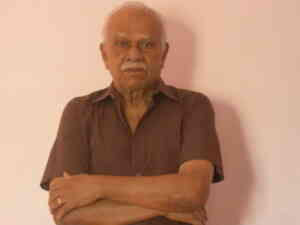
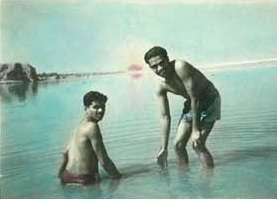
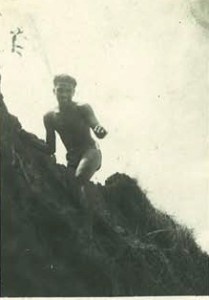
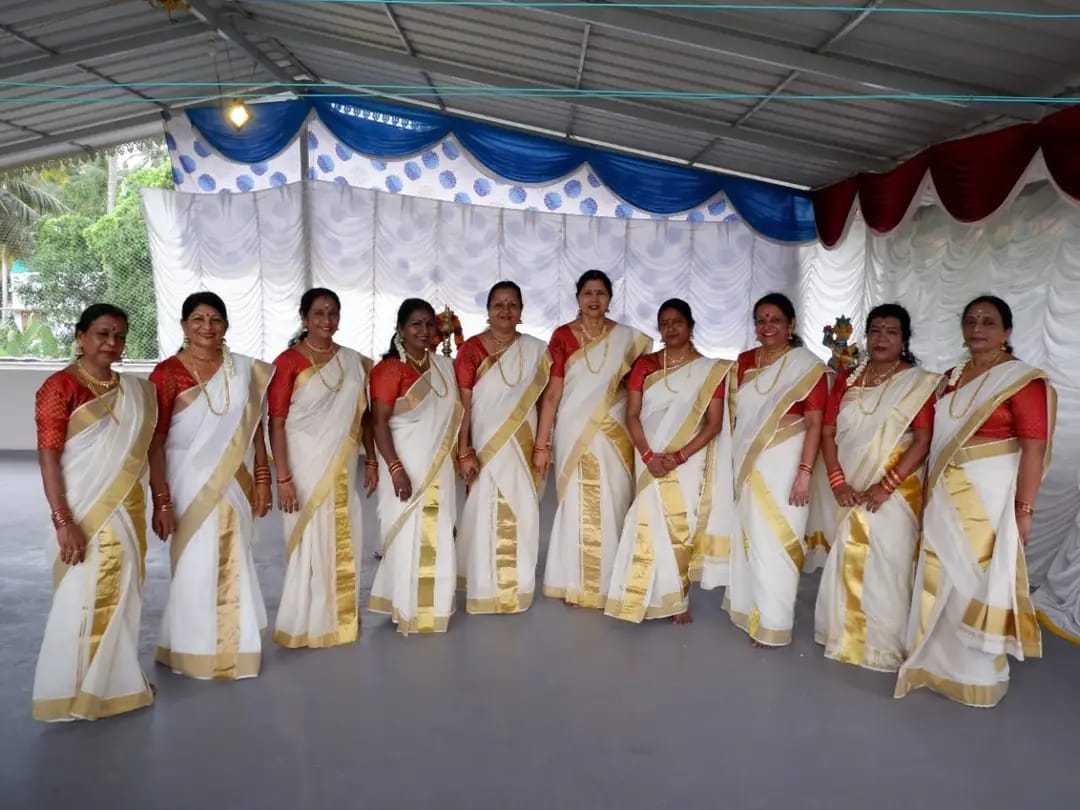
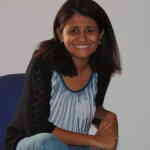

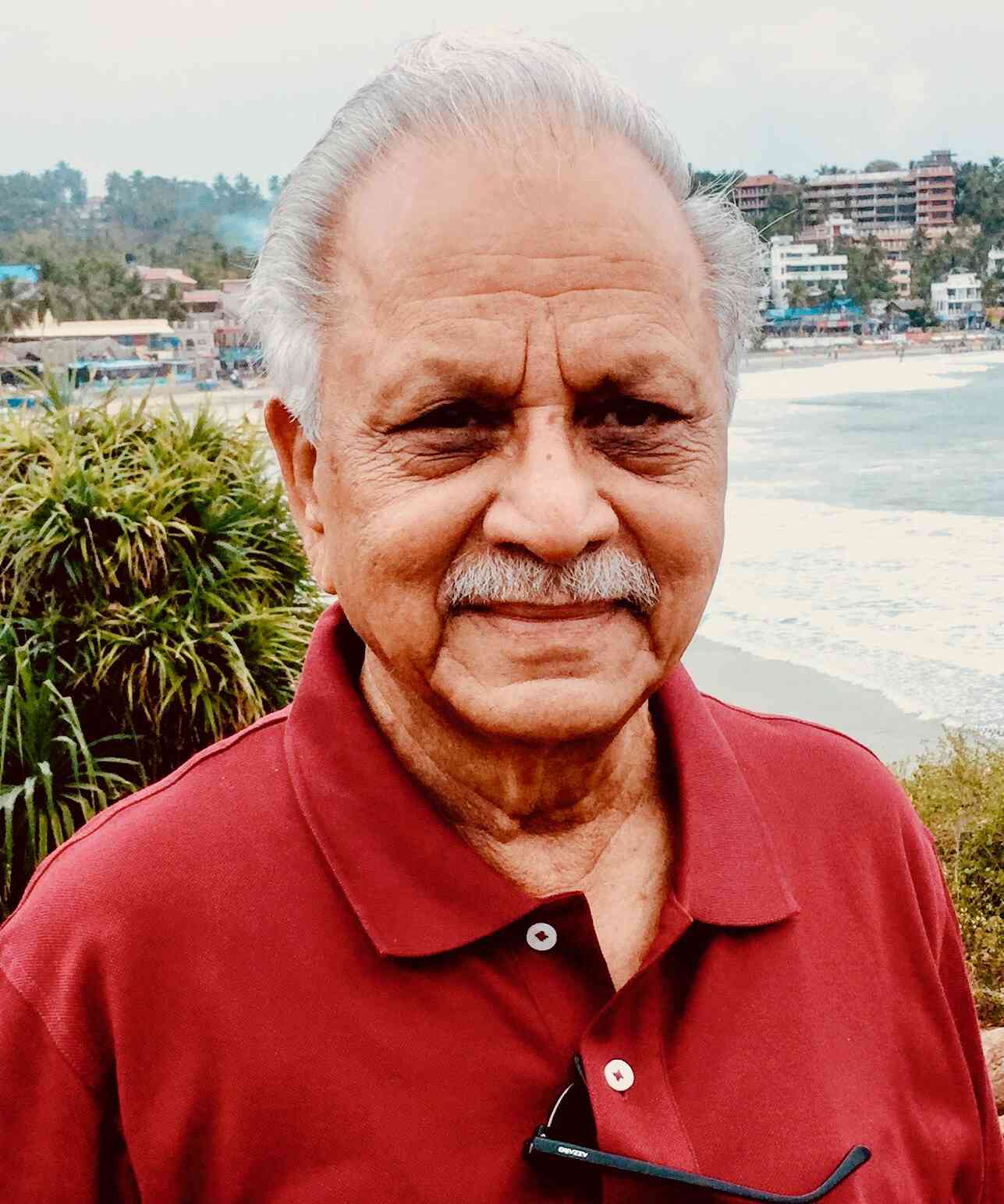

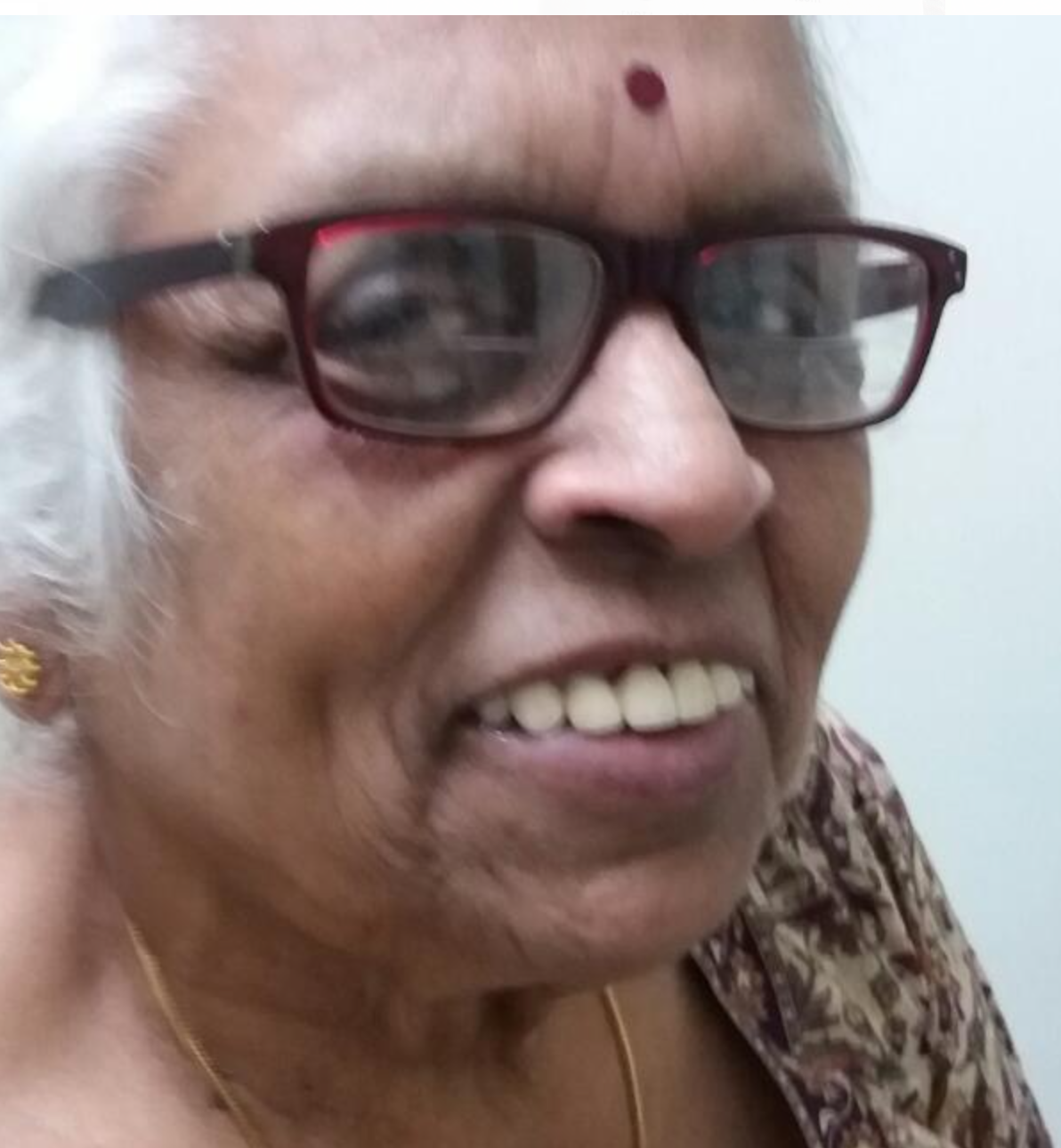
Post a comment